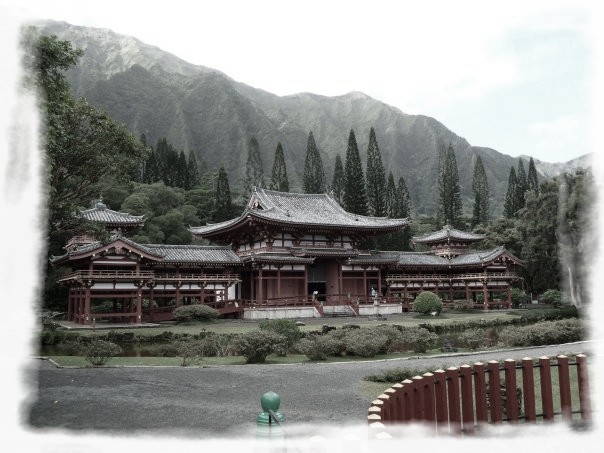In premodern China, Yin feng shui (for tombs) had as much importance as Yang feng shui (for homes).
For both types one had to determine direction by observing the skies (also called the Ancestral Hall Method; later identified by Ding Juipu as Liqi pai, which in the West is often mistakenly labelled "compass school"), and to determine the Yin and Yang of the land (also called the Kiangxi method or Xingshi pai, which in the West has been labelled "form school").
Feng shui is typically associated with the following (most common) techniques:
 Xingshi Pai (Form Methods)
Xingshi Pai (Form Methods)- Luan Dou Pai (environmental analysis without using a compass)
- Xing Xiang Pai (Imaging forms)
- Xingfa Pai
 Liqi Pai (Compass Methods)
Liqi Pai (Compass Methods)San Yuan Method
- Dragon Gate Eight Formation
- Xuan Kong (time and space methods)
- Xuan Kong Fei Xing (Flying Stars methods of time and directions)
- Xuan Kong Da Gua ("Secret Decree" or 64 gua relationships)
 San He Method (environmental analysis using a compass)
San He Method (environmental analysis using a compass)- Accessing Dragon Methods
- Ba Zhai (Eight Mansions)
- Water Methods
- Local Embrace
Others
- Four Pillars of Destiny (a form of hemerology)
- Eight Characters (the date and time of birth)
- Major & Minor Wandering Stars (Constellations)
- Five phases (relationship of the five phases or wuxing)
- BTB Black (Hat) Tantric Buddhist Sect (Westernised or Modern method not based on Classical teachings)


